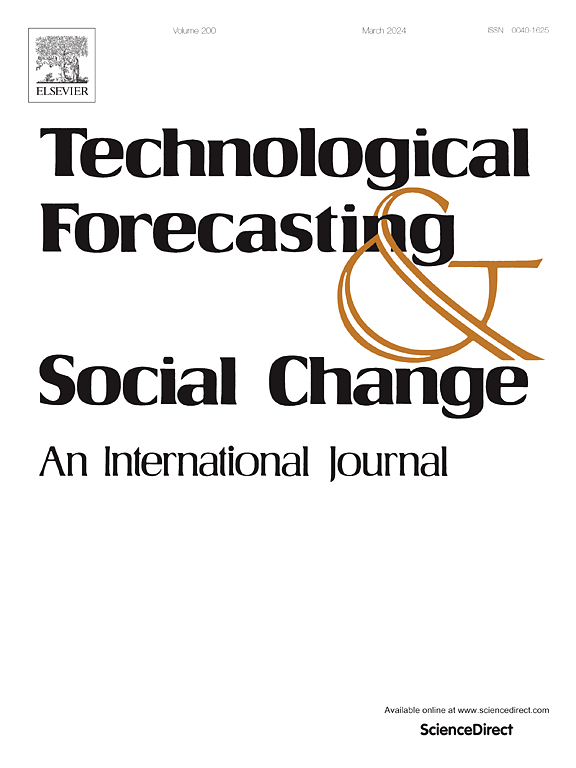Do you believe it? Examining user engagement with fake news on social media platforms
IF 12.9
1区 管理学
Q1 BUSINESS
Technological Forecasting and Social Change
Pub Date : 2024-12-18
DOI:10.1016/j.techfore.2024.123950
引用次数: 0
Abstract
The proliferation of fake news on social media platforms makes it necessary to investigate how news content and user comments can influence user engagement. This study analyzes a robust dataset of 600 fake news posts on Facebook and 760,000 associated user reactions and comments. Employing topic modeling and regression reveals how content and social response characteristics interact to predict engagement. Analysis of textual, rhetorical, semantic, emotional, contextual, and source-based features provides a comprehensive methodology for modeling fake news dissemination. Results demonstrate multimedia inclusion, source credibility, ease of reading, political and technological topics, positive/anticipatory emotions, creator status, and comment deviation most strongly predict reactions, shares, and comments. The inclusion of 47 statistically significant interaction terms substantially improves regression fit and predictive accuracy. The random forest model achieves the highest cross-validation performance, demonstrating machine learning's capability to model fake news engagement's intricacies. These rigorous, data-driven findings provide important insights into engagement drivers and practical tools to mitigate fake news spread. The multidimensional feature set and predictive modeling approach provide a powerful methodology for decoding complex user-news dynamics. This study contributes to a better understanding of how fake news content and social contexts interact to engage users, empowering platforms, regulators, and researchers to counteract fake news.
求助全文
约1分钟内获得全文
求助全文
来源期刊
CiteScore
21.30
自引率
10.80%
发文量
813
期刊介绍:
Technological Forecasting and Social Change is a prominent platform for individuals engaged in the methodology and application of technological forecasting and future studies as planning tools, exploring the interconnectedness of social, environmental, and technological factors.
In addition to serving as a key forum for these discussions, we offer numerous benefits for authors, including complimentary PDFs, a generous copyright policy, exclusive discounts on Elsevier publications, and more.

 求助内容:
求助内容: 应助结果提醒方式:
应助结果提醒方式:


